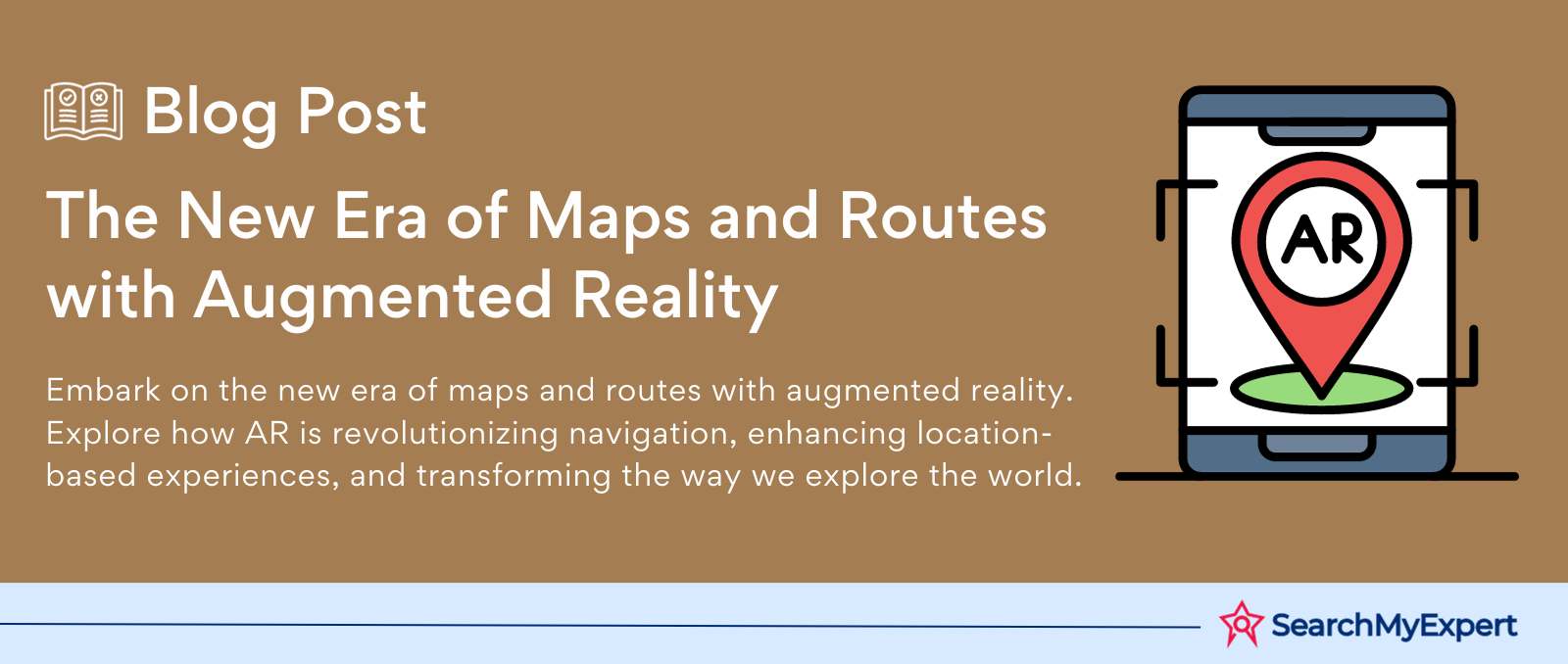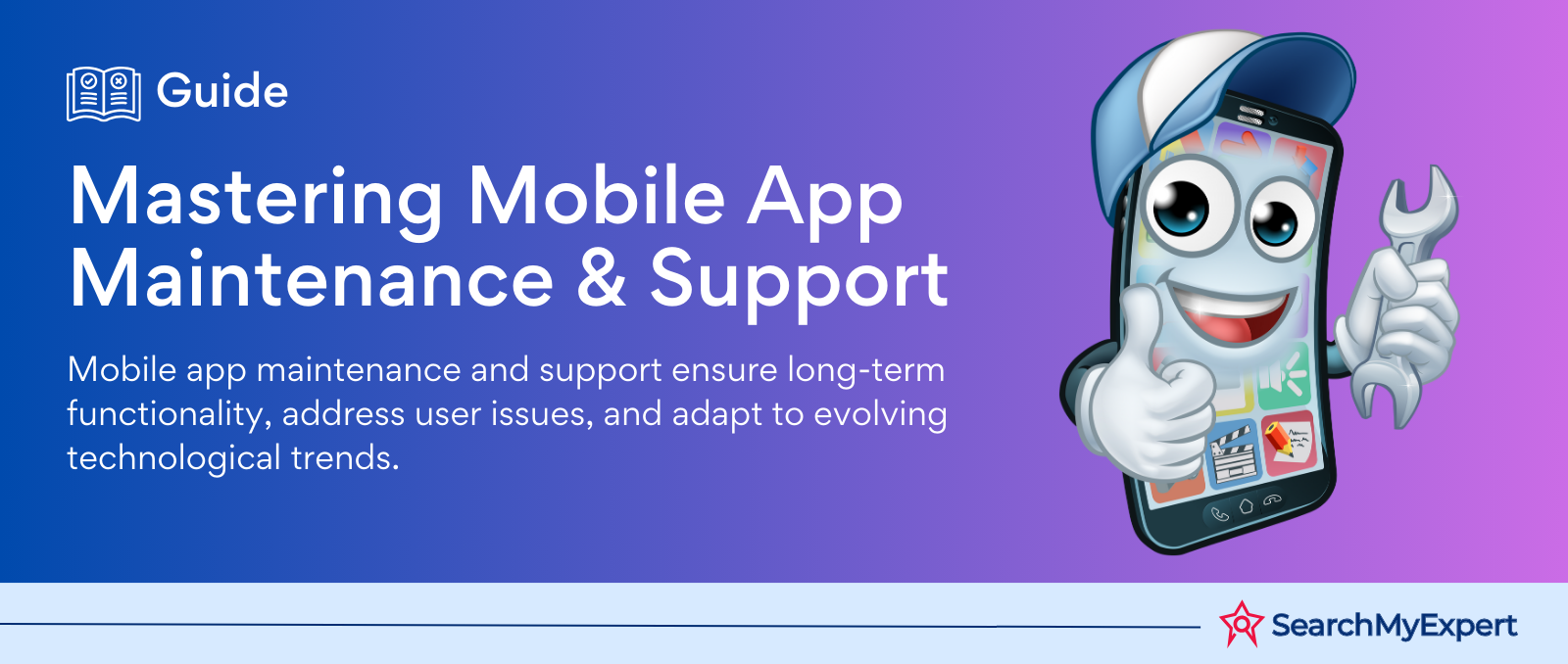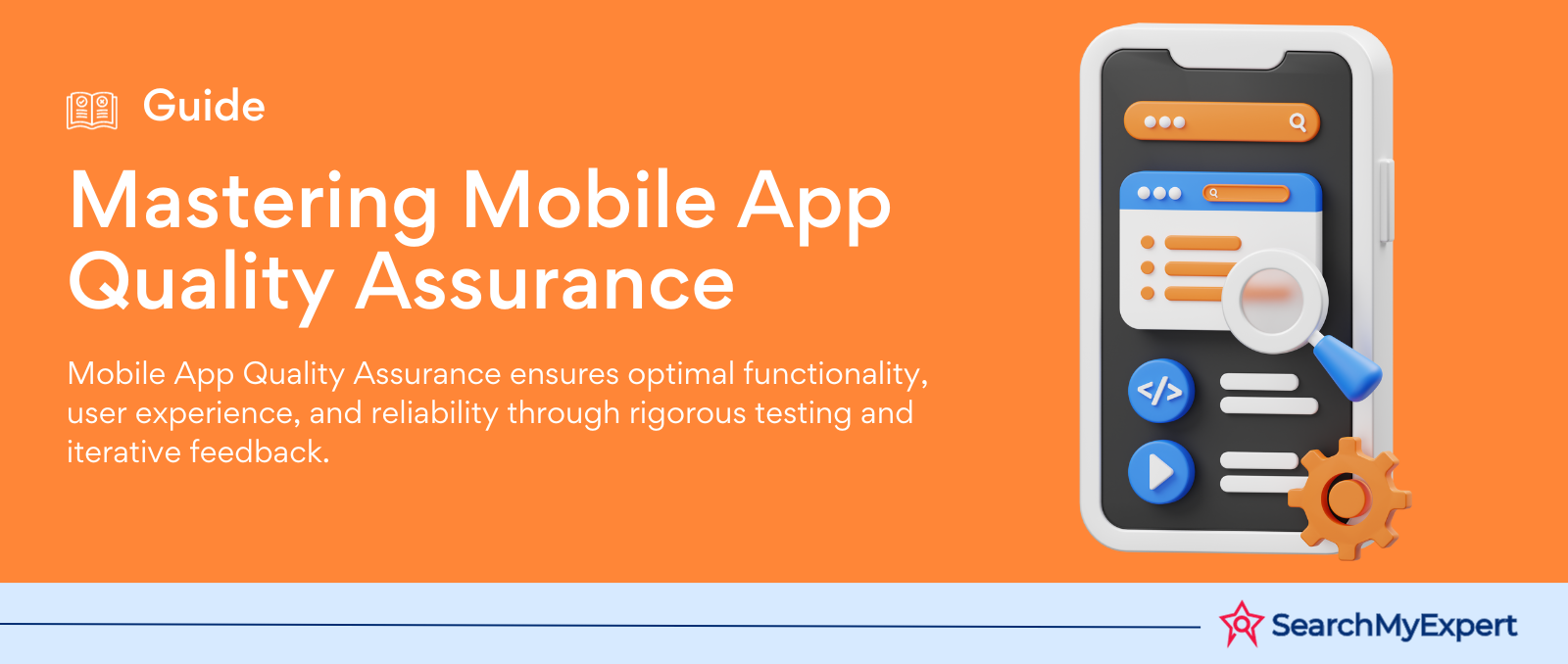The New Era of Maps and Routes with Augmented Reality

AR for Navigation and Maps: Revolutionizing How We Find Our Way
Augmented Reality: A Brief Overview
Augmented Reality (AR) is a technology that blends digital information with the physical environment in real-time. Unlike Virtual Reality (VR), which creates a wholly artificial setting, AR overlays digital data on the real world. This integration is achieved through devices like smartphones, tablets, AR glasses, and more.
Core Principles of AR:
- Real-Time Interaction: AR responds and alters its display based on user input or environmental changes.
- 3D Integration: Digital content is integrated into the three-dimensional real world.
- Context-Awareness: AR systems are often aware of the physical environment and can adapt accordingly.
Traditional Maps and Navigation: The Challenges
Traditional navigation systems and physical maps have been our companions for centuries. However, they come with certain limitations:
- Static Representation: They don't update in real-time to reflect changes in the environment.
- Limited Contextual Information: Traditional maps lack the ability to provide contextual information about nearby places.
- User Interpretation Required: Users often need to interpret and translate 2D maps into their 3D surroundings.
AR for Navigation and Maps: The Game Changer
AR for Navigation and Maps emerges as a dynamic solution to the limitations of traditional methods. By overlaying navigational cues and contextual information directly onto the user's field of view, AR navigation offers a more intuitive and interactive way to find one's way. This technology holds the potential to transform navigation experiences, making them more user-friendly, informative, and adaptable to real-time changes in the environment.
Key Advantages of AR Navigation:
- Enhanced User Experience: Provides a more immersive and intuitive way to navigate.
- Real-Time Updates: Offers up-to-date information about the surroundings.
- Contextual Awareness: Displays relevant information about nearby places and objects.
How AR Navigation Works: A Blend of Technologies and Real-Time Interaction
The Technologies Behind AR Navigation
Augmented Reality (AR) navigation is not just a single technology; it's an intricate blend of several cutting-edge technologies. These include:
- Computer Vision: This is the eyes of AR navigation. It involves the machine's ability to interpret and understand the visual data from the real world. Computer vision algorithms can recognize objects, locations, and even gestures.
- GPS and Geolocation: This serves as the positioning system, providing real-time location data to ensure the AR content is geographically accurate.
- Sensor Fusion: Modern devices come packed with sensors like accelerometers, gyroscopes, and magnetometers. Sensor fusion combines data from these various sensors to accurately track the device's movement and orientation.
Real-Time Digital Overlay: The Magic of AR
The core of AR navigation is its ability to overlay digital information onto the real-world view. This happens in real time, creating an interactive, immersive experience. Here's how it unfolds:
- A user points their device's camera at their surroundings.
- The AR system processes this visual data, understanding the environment.
- Simultaneously, it retrieves location and orientation data.
- Digital information, like arrows or labels, is then superimposed onto the camera feed, aligning with physical objects and spaces.
Types of AR Navigation: Marker-Based vs. Markerless
There are primarily two types of AR navigation systems:
Marker-Based AR Navigation:
- How It Works: Uses predefined markers (like QR codes) to trigger the display of AR content.
- Advantages: High accuracy and reliability.
- Disadvantages: Requires prior setup of markers, which can be limiting in large or dynamic environments.
Markerless AR Navigation:
- How It Works: Relies on feature recognition and sensor data, not needing predefined markers.
- Advantages: More flexible and scalable, as it can work in any environment.
- Disadvantages: May be less accurate in feature-poor environments or under challenging lighting conditions.
Each type has its use cases, with marker-based systems being ideal for controlled environments like museums, while markerless systems excel in outdoor or large-scale scenarios.
Benefits of AR Navigation: Enhancing the Way We Traverse
Improving User Experience Beyond Traditional Maps
Augmented Reality (AR) navigation represents a significant step forward from conventional navigation methods. It offers a more interactive and intuitive way to navigate, transforming the user's journey. Let's dive into the key benefits of AR navigation:
Enhanced Situational Awareness
- Real-World Integration: Directions and information are superimposed onto the real world, which allows users to stay focused on their surroundings without the need to look back and forth between a map and the environment.
- Safety Boost: This integration enhances safety, especially in unfamiliar or busy areas, as users can navigate while being fully aware of their surroundings.
More Intuitive Guidance
- Visual Cues on Landmarks: AR can project arrows, lines, or paths directly onto landmarks and streets. This makes following directions more straightforward and reduces the chances of getting lost.
- Natural Navigation: By aligning digital cues with physical objects, AR navigation mirrors how we naturally navigate the world, leading to a more organic experience.
Contextual Information at a Glance
- Rich Information Overlay: AR can display a wealth of information - from points of interest to real-time traffic updates and detailed business info, all overlaid on the user's view.
- Personalized Experience: This information can be tailored to individual preferences and needs, providing a more personalized navigation experience.
Accessibility: A Step Toward Inclusivity
- Visually Impaired Users: AR navigation can offer auditory cues and enhanced visual aids, making it easier for visually impaired users to navigate.
- Assistance in Unfamiliar Areas: For those unfamiliar with an area, AR can provide reassurance and guidance, reducing anxiety and improving the overall experience.
AR navigation offers a more immersive, intuitive, and safe way to navigate, enriching the user's journey with contextual and accessible information.
Applications of AR Navigation: Transforming Journeys Across Scenarios
Diverse Use Cases of AR in Navigation
The versatility of Augmented Reality (AR) navigation allows its application in numerous scenarios, each enhancing the user experience in unique ways. Let's explore some key applications:
Pedestrian Navigation: A Walk Through the Future
- Turn-by-Turn Guidance: AR provides pedestrians with turn-by-turn directions, overlaying arrows and paths directly onto the real-world streets and sidewalks.
- Landmark Highlighting: Key landmarks and destinations can be highlighted, making navigation more intuitive and engaging, especially in unfamiliar areas.
Driving Navigation: A New Vision on the Road
- AR Heads-Up Displays: For drivers, AR can project navigational cues and important warnings directly onto the windshield. This keeps the driver's eyes on the road, enhancing safety.
- Real-Time Information: AR systems can display traffic updates, speed limits, and alternative routes, all within the driver's line of sight.
Indoor Navigation: Simplifying Complex Spaces
- Large Building Assistance: In places like airports, malls, and museums, AR can help users find specific stores, gates, or exhibits with ease.
- Interactive Maps: AR maps can provide detailed, interactive representations of indoor spaces, significantly simplifying navigation in complex environments.
Emergency Response: A Lifesaving Tool
- Guiding First Responders: In emergency situations, AR can guide first responders to accident scenes more efficiently, potentially saving critical time.
- Navigating Disaster Zones: For disaster management, AR can help navigate through hazardous or unfamiliar zones, displaying safe routes and highlighting danger areas.
Each of these applications demonstrates the potential of AR navigation to make our journeys safer, more efficient, and more engaging, regardless of the setting.
Future of AR Navigation: The Road Ahead
Envisioning the Next Generation of AR Navigation
The future of Augmented Reality (AR) navigation is bright and full of potential. As technology continues to advance, we can expect several significant improvements and innovations that will further enhance and popularize AR navigation.
Improved Accuracy and Performance: Smarter and Sharper
- Sophisticated Sensors and Algorithms: Future AR systems will likely incorporate more advanced sensors and smarter algorithms. This will enhance the system's ability to understand and interact with the environment, leading to more accurate and stable navigation.
- Enhanced Environment Understanding: With improvements in machine learning and computer vision, AR devices will become more adept at recognizing and interpreting complex environments, offering a seamless navigation experience.
Integration with Smart Infrastructure: The Connected World
- Interactive Cities and Buildings: As cities and buildings become smarter and more connected, AR navigation can interact with this infrastructure to provide real-time updates and personalized guidance.
- Context-Aware Navigation: With access to a wealth of data from smart infrastructures, AR navigation can adapt to changing environments and user preferences, offering a truly dynamic experience.
Wider Adoption and Accessibility: AR for Everyone
- User-Friendly Designs: Future developments will focus on making AR navigation more intuitive and easy to use, catering to a broader audience.
- Device Compatibility: Efforts will be made to ensure AR navigation is compatible with a wider range of devices, not just high-end smartphones or AR glasses. This will make the technology more accessible and commonplace.
As we look to the future, it's clear that AR navigation is set to become an integral part of our daily lives, transforming how we interact with the world around us.
Embracing the Future of Navigation with AR
A Summary of AR's Transformative Journey in Navigation
Augmented Reality (AR) for Navigation and Maps is not just a technological advancement; it's a paradigm shift in how we perceive and interact with our surroundings. This journey through the world of AR navigation has highlighted several key points:
- Intuitive and Interactive Experience: AR navigation transcends traditional methods by overlaying digital information directly onto the physical world, offering a more immersive and user-friendly experience.
- Enhanced Situational Awareness: It improves safety and convenience by allowing users to receive guidance while remaining fully engaged with their environment.
- Diverse Applications: From pedestrian and driving navigation to indoor wayfinding and emergency response, AR navigation has a wide range of applications, each enhancing user experience in unique ways.
- Overcoming Challenges: While facing hurdles like accuracy, battery consumption, and safety considerations, continuous innovation in this field is addressing these limitations.
- Future Potential: With advancements in technology, we can anticipate more accurate, integrated, and accessible AR navigation systems, becoming an integral part of our daily lives.
The Excitement for What Lies Ahead
The potential of AR in navigation and mapping is boundless. As we stand on the brink of this new era, the excitement for what AR navigation will evolve into is palpable. We are not just looking at a new way to find our way around but at a future where our interaction with the physical world is enhanced and redefined.
AR navigation is not just a tool; it's a gateway to a world where digital and physical realities coalesce, creating experiences that were once the realm of science fiction. The possibilities are endless, and the future looks bright for AR navigation.
Conclusion
Augmented Reality (AR) in navigation marks a significant leap forward from traditional navigation methods. It offers an intuitive, interactive experience, improves situational awareness, and finds versatile applications from daily commutes to emergency responses. While facing challenges like accuracy and battery consumption, ongoing advancements promise a more integrated and accessible future. The potential of AR navigation is vast, heralding an exciting era where digital augmentation enhances our real-world interactions.
Let our AR & VR Development Service Company guide your AR/VR journey.
share this page if you liked it 😊
Other Related Blogs

Mastering Docker for App Development: A Comprehensive Guide to Benefits, Use-Cases, and Alternatives
STAY UP TO DATE
GET PATH'S LATEST
Receive bi-weekly updates from the SME, and get a heads up on upcoming events.
Contact Us











